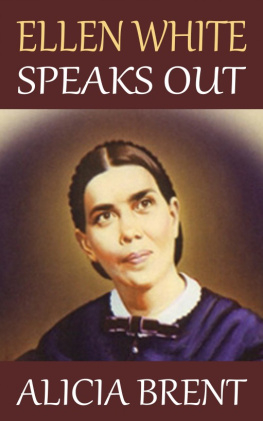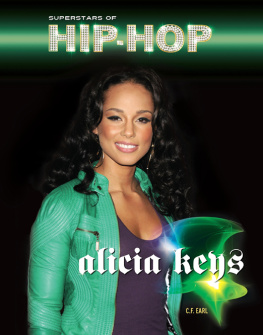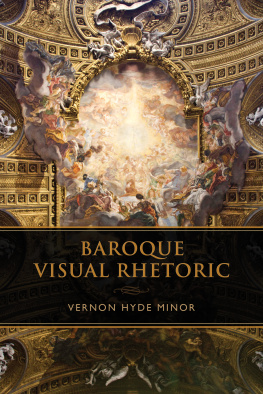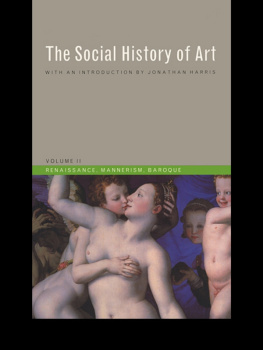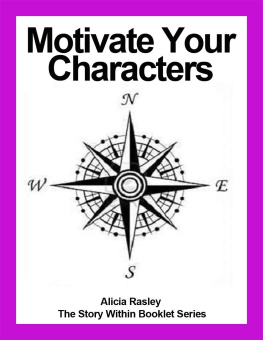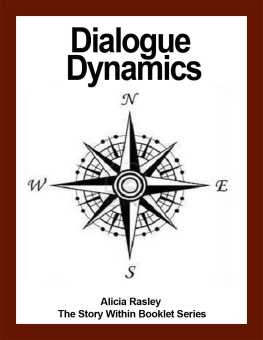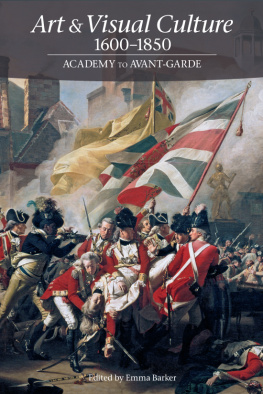S TUDIES IN V ISUAL C ULTURE
SERIES EDITORS
Margaret Topping
Queens University, Belfast
Rachael Langford
Cardiff University
Giuliana Pieri
Royal Holloway, University of London
EDITORIAL BOARD
Mieke Bal
University of Amsterdam
Paul Cooke
University of Leeds
Anne Freadman
The University of Melbourne
Andrea Noble
University of Durham
Mara Pilar Rodrguez
Universidad de Deusto
Eric Thau
University of Hawaii at Manoa
available in series
Aimee Israel-Pelletier,
Rimbauds Impressionist Poetics: Vision and Visuality (2012)
Nathalie Aubert (ed.),
Proust and the Visual (2013)
Susan Harrow (ed.),
The Art of the Text: Visuality in nineteenth-and twentieth-century
literary and other media (2013)
S TUDIES IN V ISUAL C ULTURE
BAROQUE SPAIN
and the Writing of Visual and Material Culture
Alicia R. Zuese
Alicia R. Zuese, 2015
All rights reserved. No part of this book may be reproduced in any material form (including photocopying or storing it in any medium by electronic means and whether or not transiently or incidentally to some other use of this publication) without the written permission of the copyright owner. Applications for the copyright owners written permission to reproduce any part of this publication should be addressed to the University of Wales Press, 10 Columbus Walk, Brigantine Place, Cardiff CF10 4UP.
www.uwp.co.uk
British Library CIP Data
A catalogue record for this book is available from the British Library
ISBN978-1-78316-783-8
e-ISBN 978-1-78316-785-2
The right of the Alicia R. Zuese to be identified as author of this work has been asserted in accordance with sections 77 and 79 of the Copyright, Designs and Patents Act 1988.
Add cover image credit to imprint page:
Cover image: Diego Velzquez, Las Meninas (c.1656), Museo del Prado, Madrid (photograph Scala/Art Resource, New York)
For Victor and Mateo
Contents
Studies in Visual Culture provides a forum for ground-breaking enquiry into visual-cultural production in its social, historical and cultural contexts. The series places particular emphasis on the exchanges, transactions and displacements that link Europe to wider global contexts across the visual-cultural field. The series seeks to promote critical engagement with visual media as ideological and cultural as well as aesthetic constructs, and foregrounds the relationship of visual cultures to other fields and discourses, including cultural history, literary production and criticism, philosophy, gender and sexuality research, journalism and media studies, migration and mobility studies, social sciences, and politics. The Studies in Visual Culture series thus focuses on exploring synergies and key debates between disciplines, concepts and theoretical approaches, and offers an exciting new arena for testing and extending disciplinary, theoretical and conceptual boundaries.
Although this project diverged long ago from my doctoral dissertation that she directed, the generous time, encouragement and guidance of Patricia Grieve at different junctures was essential to its successful realization. I am also grateful for the friendship and advice of Evelina Guzauskyte and Jessica Boon for navigating academia and the publishing process.
At Southern Methodist University, I wish to thank my colleagues in the World Languages and Literatures Department for their support and advice: Libby Russ, Denise DuPont, Olga Colbert, Rubn Snchez-Godoy, Francisco Morn, Alberto Pastor, Gabriela Vokic, Luis Maldonado, Marlies Gaettens, and my other colleagues for their encouragement. Thanks to members of SMUs Dedman College Interdisciplinary Institute GEMS for companionship and support: Lisa Pons, Kathleen Wellman, Ed Countryman, Gretchen Smith, Rubn Snchez-Godoy, Sara Kozlowski and Bethany Williamson. Other colleagues at SMU provided help and encouragement, including Pamela Patton and Eric White. So much of this book depends on materials that SMUs Interlibrary Loan office was able to supply me with, so special thanks to the staff there, especially Billie Stovall. For making the office enjoyable and for moral and technical support, I would like to thank Rosemary Snchez and Debbie Garland, and student workers Mayra Pratz and Maury Moreno. I am grateful for funding to carry out research, which came from SMUs University Research Council and The Ministry of Spains Program for Cultural Cooperation between Spain and US universities. I am also grateful to Dean Thomas DiPiero and Dedman College of SMU for further financial assistance.
Special thanks to the anonymous reviewers of the essays, where some of the ideas began to percolate, and of the proposal and book manuscript. Preliminary portions of chapters three and five appeared in the journals Revista de Estudios Hispnicos and Hispania. Thanks as well to Patricia Manning, Yolanda Gamboa, Anne Cruz and Lisa Vollendorf, who gave generously of their time, advice and encouragement at crucial moments.
Special thanks to the encouragement and support of my family: Nancy, Frank, Mike, Jsu, Jess, Joaqun, Mara Eugenia, Ito and Victoria. My biggest appreciation goes to Vctor and Mateo for giving me so much to strive for, lots of fun and even more love along the way.
Baroque literary expression is renowned for its painterly attributes, but these visual texts are never static creations. Instead they encapsulate a spirit of contrast, artificiality, ambiguity, sensory immersion and interaction with the audience. One of the best ways to grasp how baroque Spanish writers create pictorial texts, how audiences visualize their words, what consequences these verbal images exert on cognition and what actions this process inspires is through an in-depth study of Cervantess verbal portrait in the prologue to his Novelas ejemplares (Exemplary Stories) of 1613. Cervantess portrait helps to pinpoint the theoretical concerns driving this book: the baroques representation of material and visual culture communicated in text and image; tangible and imagined objects; elite and inclusive expression; body and mind; and memory. This scene establishes the pictorial underpinnings to the novella genre and its connection to the prime baroque verbal-visual genre, the emblem. While the episode illustrates how pictorial discourse works in practice, my Introduction also establishes how early modern theories of memory and images, and methodologies of collecting and cognitive cultural studies, provide tools to understand the implications of viewing the tale on audience members minds. This book, like Cervantess portrait that inspires it, reveals that textual representations of visual and material culture may initially appear to celebrate monolithic baroque culture, but these images multiply into innumerable renderings when they enter the intellect and memories of the audience; they, in turn, relay such images idiosyncratically to an expanding pool of interlocutors.
Countless works of visual art claim to depict Miguel de Cervantes, but the only verifiable likeness contemporary to the writer is the written self-portrait. Cervantes presents his portrait:
This friend could easily, in keeping with established practice, have engraved and printed my likeness on the first page of this book, since the famous Don Juan de Juregui had given him my portrait. That way my ambition would have been satisfied, together with the curiosity of those people who want to acquaint themselves with the face and figure of the man who dares to display such inventiveness in the marketplace



